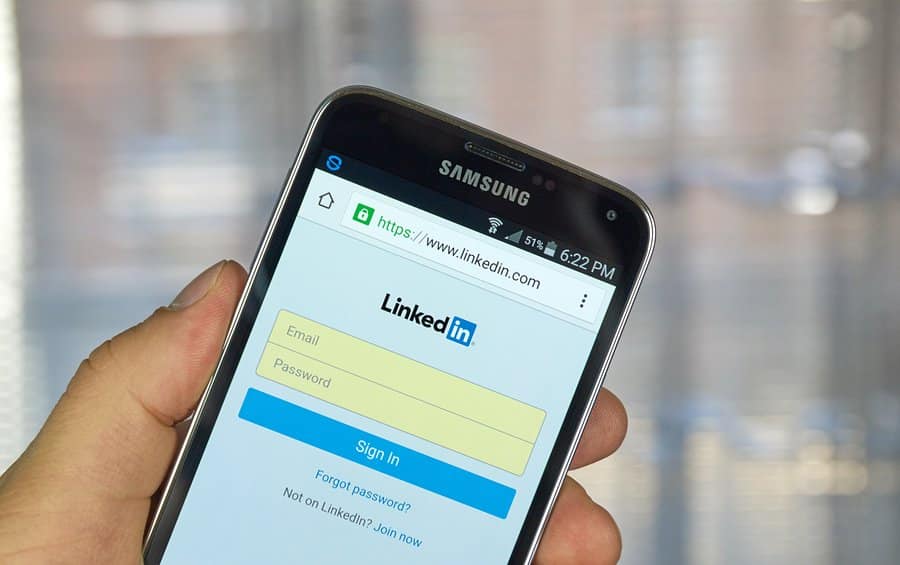
Should LinkedIn Evolve To Focus On Its Data?
Lorem ipsum dolor sit amet, consectetur adipiscing elit. Ut elit tellus, luctus nec ullamcorper mattis, pulvinar dapibus leo.
Source: Bigstock
I joined LinkedIn in 2004. I didn't discover LinkedIn on my own; like many of you, I received an invitation to connect with someone already on LinkedIn, and this required me to create a profile. I did and became part of what I still believe is one of the most remarkable contributory databases ever created. Those of you who remember LinkedIn in its early days (it was one of our Models of Excellence in 2004), remember its original premise: making connections - the concept of "si...
HELLO!
This premium article is exclusively reserved for Subscription Insider PRO members.
Want access to premium member-only content like this article? Plus, conference discounts and other benefits? We deliver the information you need, for improved decision-making, skills, and subscription business profitability. Check out these membership options!
Learn more about Subscription Insider PRO memberships!
Already a Subscription Insider PRO Member?
Please Log-In Here!
- Filed in Data and IoT, News, Product Development, Subscriber Only








